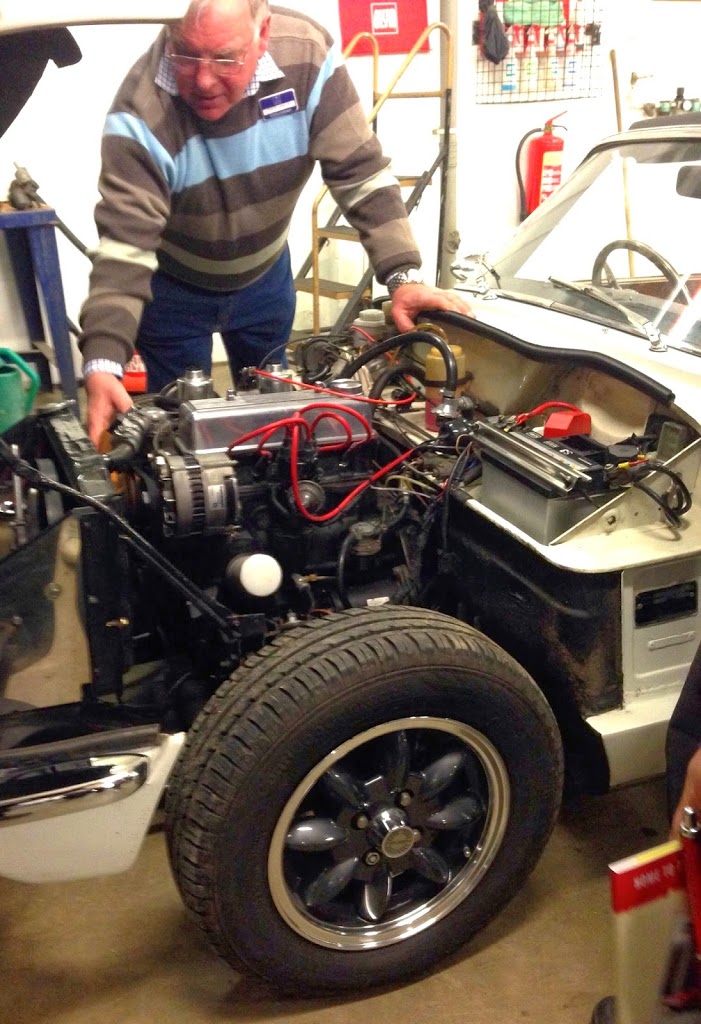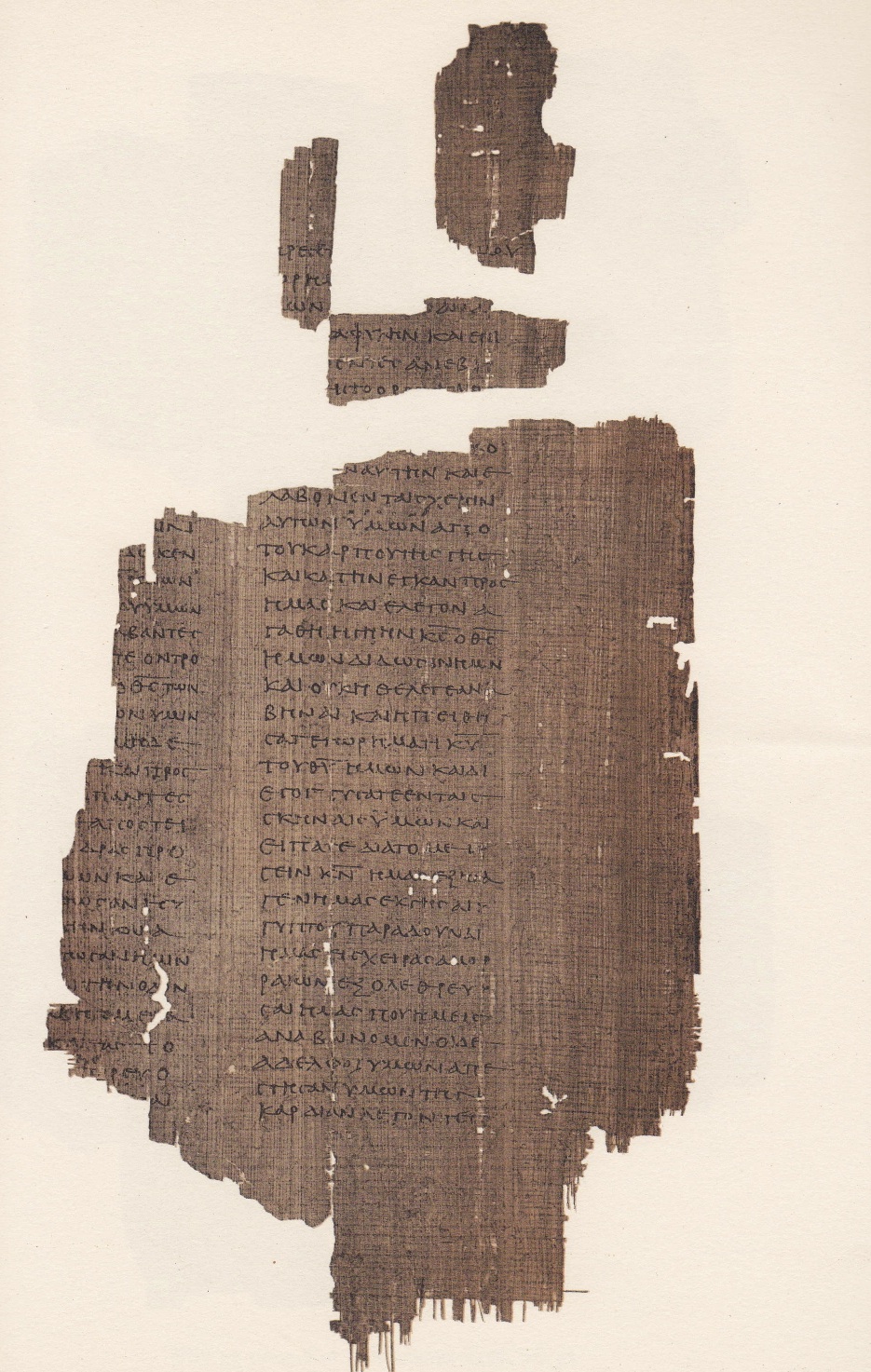If you follow this blog you’ll know that recently I attended a classic car day. A highlight was an hour in the workshop of the Heritage Motor Centre.
Three experts taught us vital aspects of classic car maintenance. First we had a good look at what you can access under a bonnet (‘hood’ for my American cousins). The next 20 minutes were spent looking at HT leads, distributers, coils, condensers and associated electrical mysteries. The final slot was under a car on a ramp. There we were instructed on under-body topics such as greasing points, suspension and sumps.
I love listening to people who really know their subject. But sometimes it can be frustrating when they try to pass their knowledge on. Experts are often prone to going too fast, making assumptions as to what their audience know, and, in the end, impressing us with their knowledge rather than adding to our skills.
There was something different about the mechanics on Saturday. They went slowly. They made no assumptions. And they showed us what to do instead of telling us what to do. “Here, hold this grease gun” was what they did – far better than, “Here is a grease gun, it does x, y & z.”
Isn’t this the trick in Christian ‘discipling’? Jesus demonstrated what he taught and taught what he demonstrated. This principle is most clearly shown in the upper room, “I have set you an example that you should do as I have done for you.” (John 13:15 NIV11). Washing feet was the ultimate demonstration of what Christ-like humility looks like. Here we see at least three teaching techniques used by Jesus. Three techniques which we can use today to make sure learning sinks in and last long.
- Jesus took initiative. “…he got up from the meal, took off his outer clothing, and wrapped a towel around his waist.” (John 13:4 NIV11). No one told him to do this. Effective teaching means taking a lead. Helping someone develop a healthy prayer life will involve the ‘teacher’ saying things like, “Would you like to pray together?”
- Jesus asked a question. ““Do you understand what I have done for you?” he asked them.” (John 13:12 NIV11). Whether he expected an intelligent response or not, at least his question gave the disciples an opportunity to reflect and think for themselves. Jesus was expecting them to use their powers of reasoning to interpret his actions. For us today this might result in questions such as, “Did anything about the way I prayed just now surprise or confuse you?”
- Jesus made the point clear. “..no servant is greater than his master, nor is a messenger greater than the one who sent him” (John 13:16 NIV11). Much teaching fails to translate into learning because we do not make the point clear. The conclusion of a lesson must include a summary – something like, “One of the reasons we pray with confidence is because we know Jesus is our advocate with the Father.”
Once again Jesus is revealed as the master-teacher. No wonder the early church survived persecution, triumphed over all obstacles and left a legacy unparalleled in human history. We too can leave a significant legacy if we adopt the teaching style of Jesus.
Next time you are with a younger Christian, and a teaching opportunity arises find a way to show, not tell.
“Now that you know these things, you will be blessed if you do them.” (John 13:17 NIV11)


